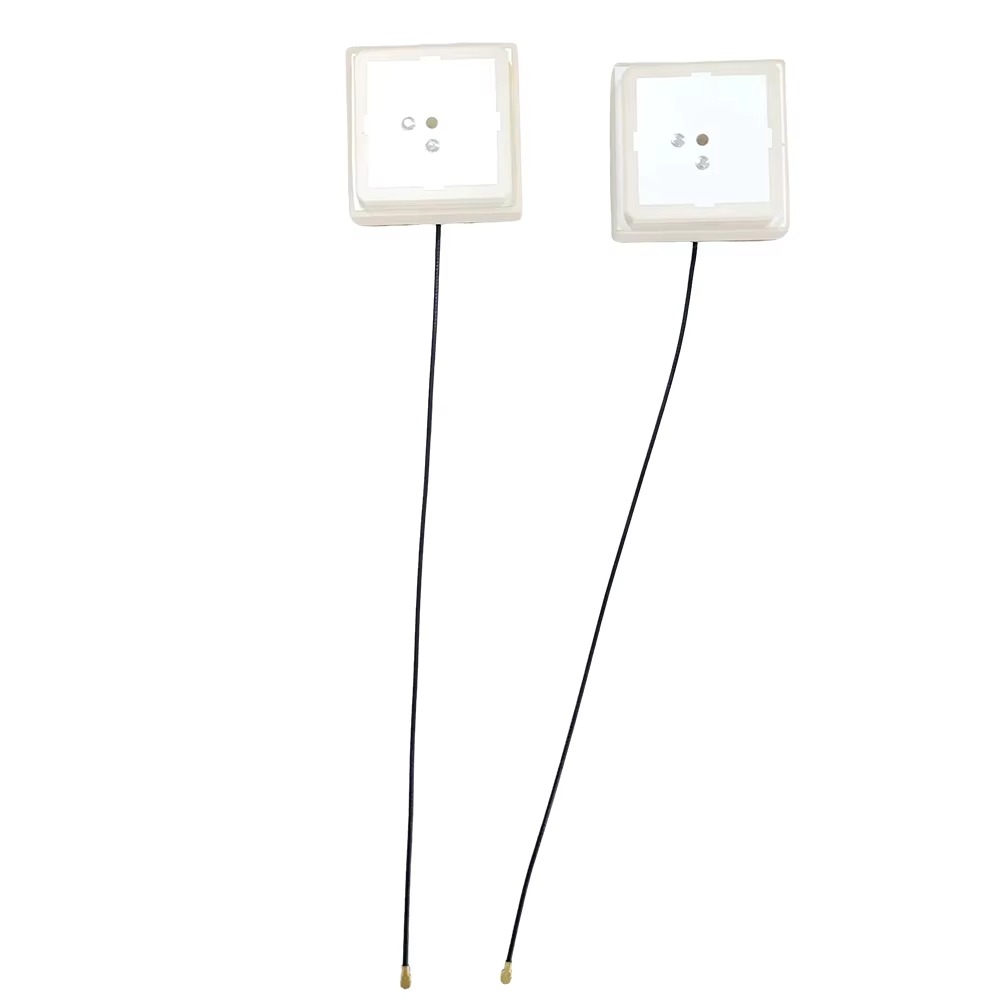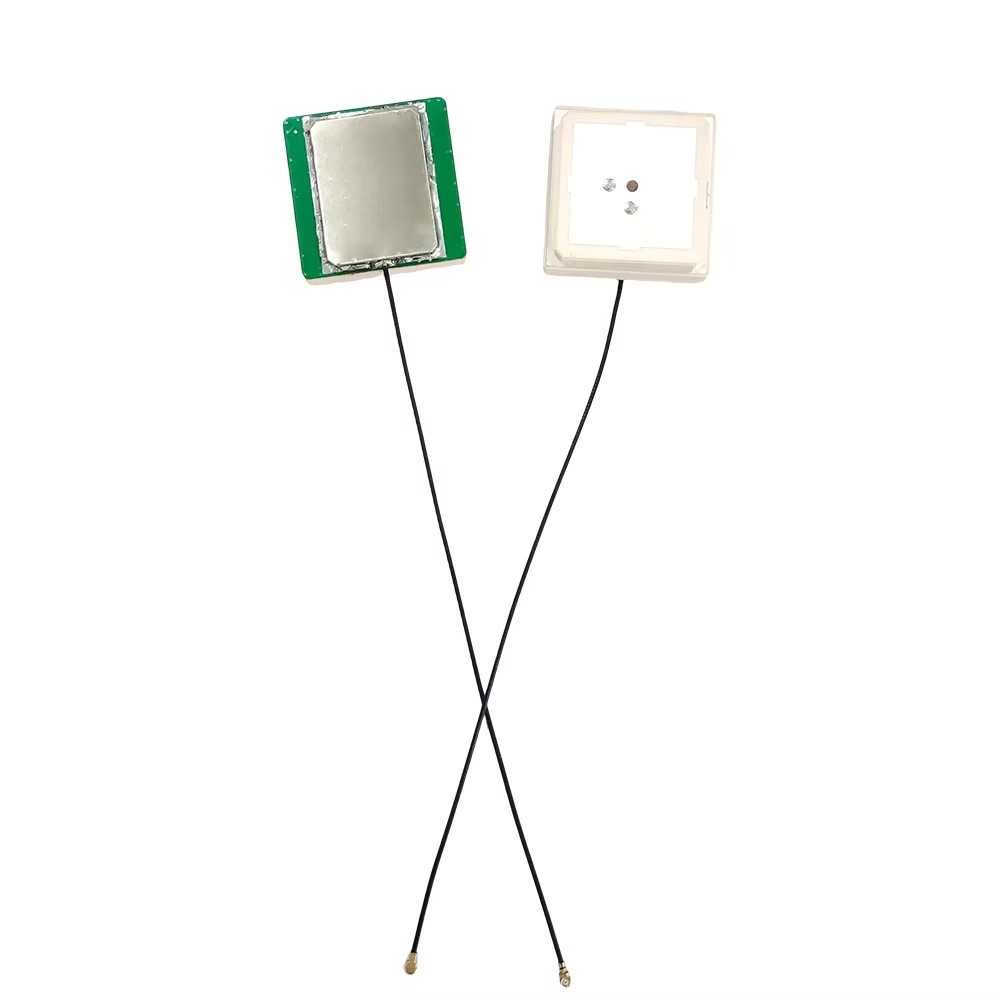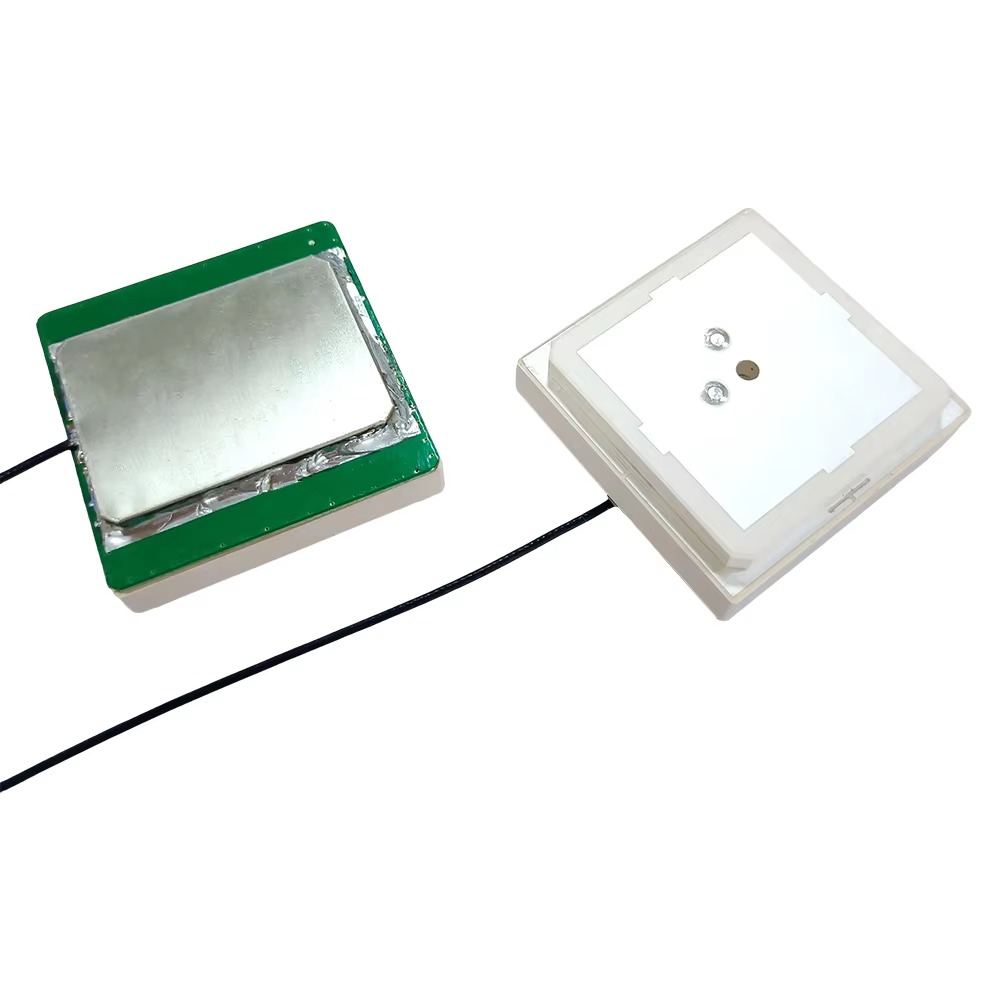5.1 Applications
5.1.1 Autonomous Driving
Autonomous vehicles rely heavily on high - precision positioning to navigate safely on the roads. High - precision GPS RTK ceramic patch antennas provide the centimeter - level accuracy required for the vehicle to know its exact position relative to the road, other vehicles, and obstacles. This allows the vehicle's control system to make accurate decisions about acceleration, braking, and steering. For example, in a self - driving car, the antenna helps in precisely determining the vehicle's position within its lane, enabling it to maintain a safe distance from other vehicles and navigate complex intersections.
5.1.2 Precision Agriculture
In precision agriculture, farmers use high - precision GPS RTK technology to optimize their farming practices. The antenna helps in accurately mapping the fields, determining the location of different soil types, and precisely applying fertilizers and pesticides. By knowing the exact location of each part of the field, farmers can apply the right amount of inputs, reducing waste and environmental impact while increasing crop yields. For instance, a farmer can use a tractor equipped with a high - precision GPS RTK system to apply fertilizer only in areas where it is needed, rather than applying it uniformly across the entire field.
5.1.3 Land and Hydrographic Surveying
Land surveyors use high - precision GPS RTK ceramic patch antennas to accurately measure property boundaries, terrain elevation, and other land features. In hydrographic surveying, which involves mapping the underwater terrain, the antenna helps in precisely determining the position of the survey vessel. This allows for accurate mapping of riverbeds, lake bottoms, and coastal areas. The centimeter - level accuracy provided by the antenna is crucial for creating detailed and accurate maps that are used for various purposes, such as urban planning, infrastructure development, and environmental monitoring.
5.1.4 Robotics and Automation
In the field of robotics and automation, high - precision positioning is essential for robots to perform their tasks accurately. Whether it's an industrial robot in a factory that needs to pick and place objects with high precision or a service robot that navigates through a complex environment, the antenna can provide the necessary positioning information. For example, a warehouse robot can use high - precision GPS RTK to navigate through narrow aisles and accurately locate and retrieve items.
5.2 Future Trends
5.2.1 Integration with Other Technologies
In the future, high - precision GPS RTK ceramic patch antennas are likely to be integrated with other emerging technologies. For example, they may be combined with inertial measurement units (IMUs) to provide even more accurate and continuous positioning information. IMUs can measure the acceleration and angular rate of a device, and when combined with GPS data, they can help in filling in the gaps when GPS signals are temporarily lost, such as when a vehicle enters a tunnel. Additionally, integration with 5G or future wireless communication technologies may enable faster and more reliable transmission of RTK error correction data, further improving the performance of the positioning system.
5.2.2 Development of New Antenna Designs
Researchers are constantly working on developing new antenna designs to improve the performance of high - precision GPS RTK ceramic patch antennas. New materials with better dielectric properties may be used to create more efficient antennas. For example, the use of advanced ceramic composites or metamaterials could potentially lead to antennas with wider bandwidths, better signal reception, and improved resistance to environmental factors. Additionally, new design concepts, such as the use of artificial intelligence to optimize the antenna's performance in real - time, may emerge.
5.2.3 Expansion of Satellite Constellations and Frequencies
As more satellite constellations are being developed and new frequencies are being made available for commercial use, high - precision GPS RTK ceramic patch antennas will need to adapt. Antennas will be designed to be compatible with these new constellations and frequencies, further improving the accuracy and availability of positioning information. For example, the development of new low - Earth - orbit (LEO) satellite constellations for broadband communication may also be used for positioning purposes, and antennas will need to be able to receive signals from these satellites in addition to the existing GPS and other constellations.
Conclusion
High - precision GPS RTK ceramic patch antennas have become an integral part of modern technology, enabling a wide range of applications that require accurate positioning. Their design, construction, and working principles are carefully engineered to provide centimeter - level accuracy, making them essential for fields such as autonomous driving, precision agriculture, and surveying. The advantages of these antennas, including their high precision, compact size, and ability to work with multiple satellite constellations, have made them popular in various industries.
However, there are also challenges associated with these antennas, such as narrow bandwidth, sensitivity to environmental factors, and susceptibility to interference. Despite these challenges, the future looks promising. With the integration of new technologies, the development of innovative antenna designs, and the expansion of satellite constellations and frequencies, high - precision GPS RTK ceramic patch antennas are expected to continue to evolve and improve. They will play an even more significant role in the future, enabling new applications and enhancing the performance of existing ones, ultimately contributing to a more connected and precise world.




































































 Language
Language
 En
En Cn
Cn Korean
Korean

 Home >
Home > 







 18665803017 (Macro)
18665803017 (Macro)













